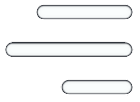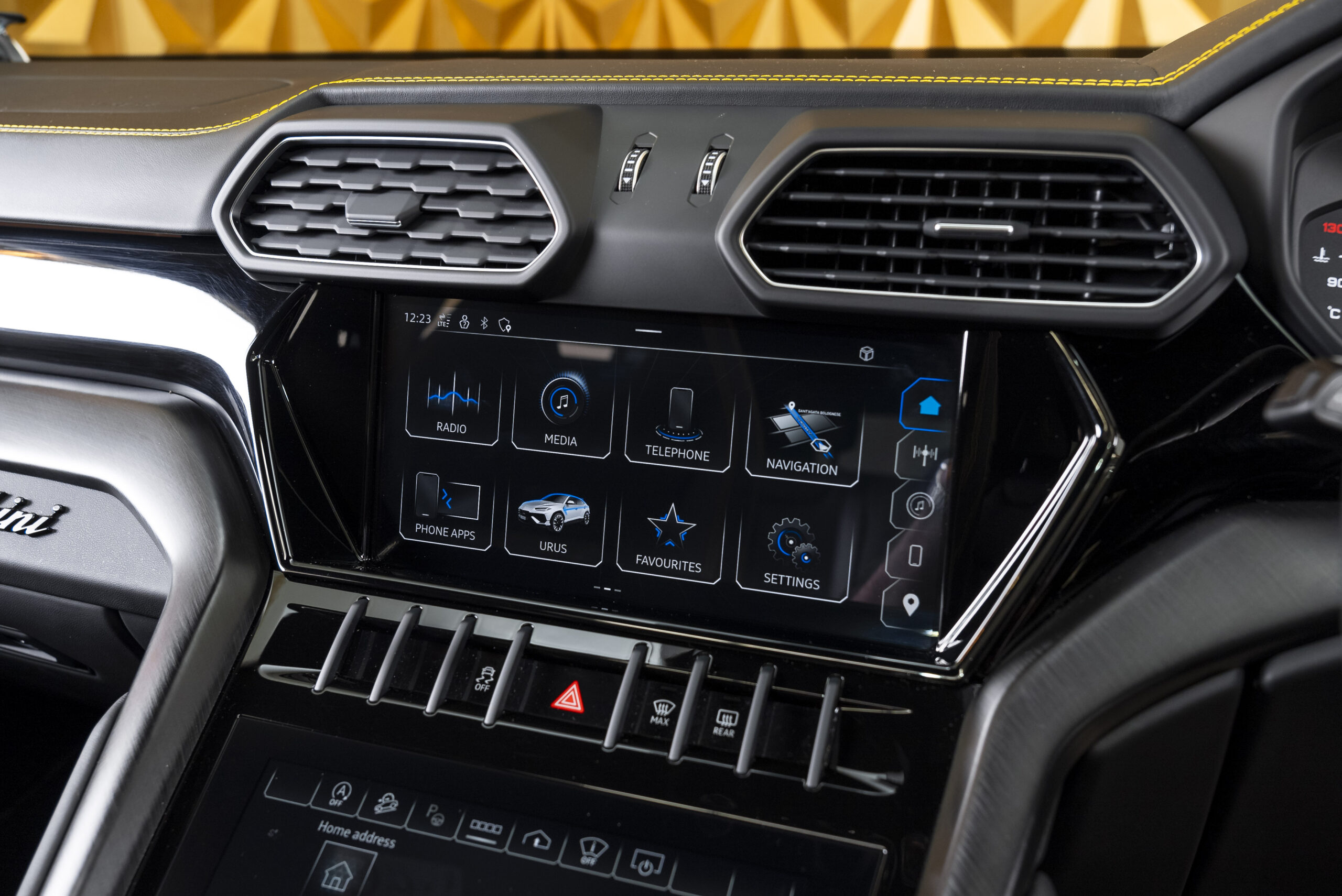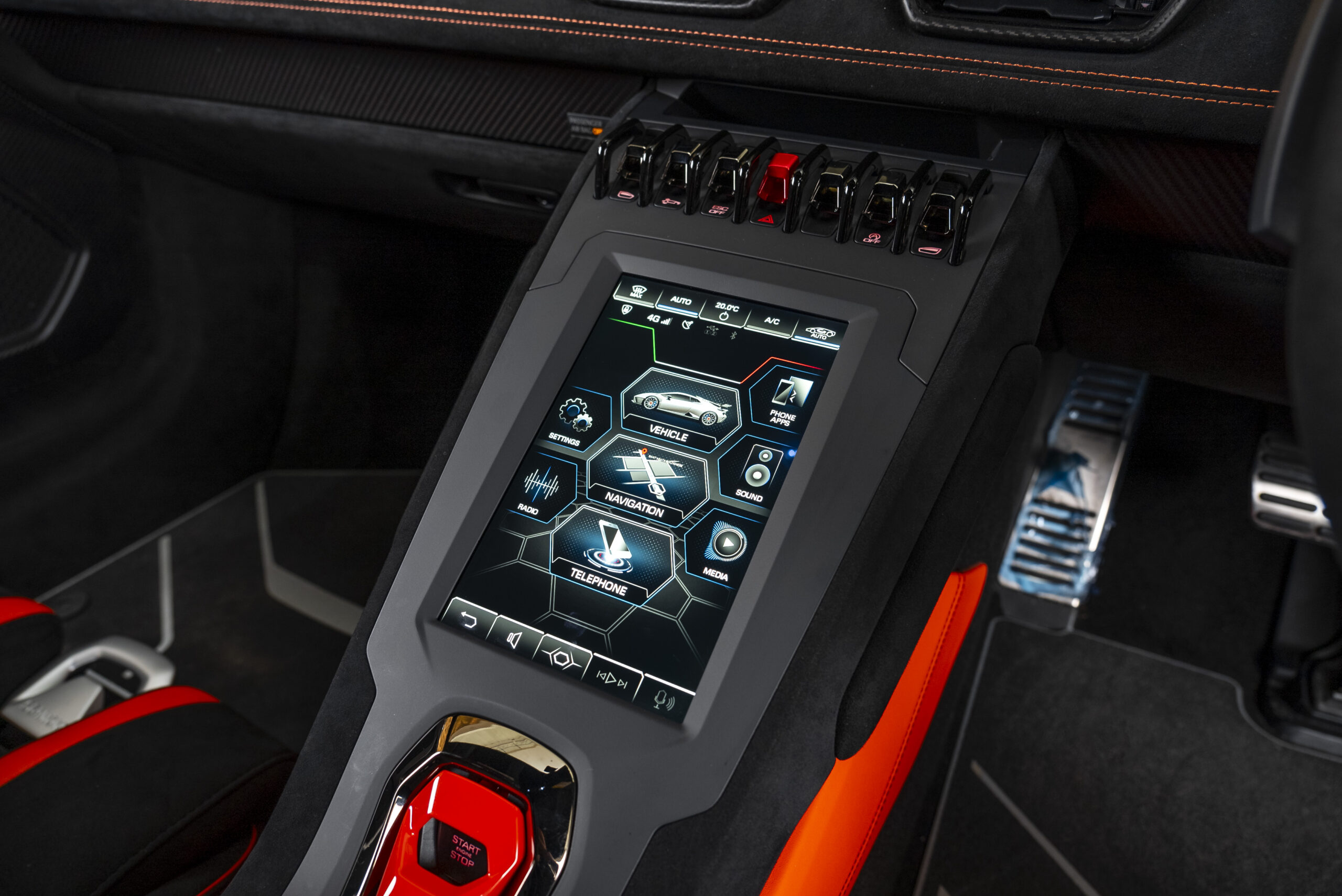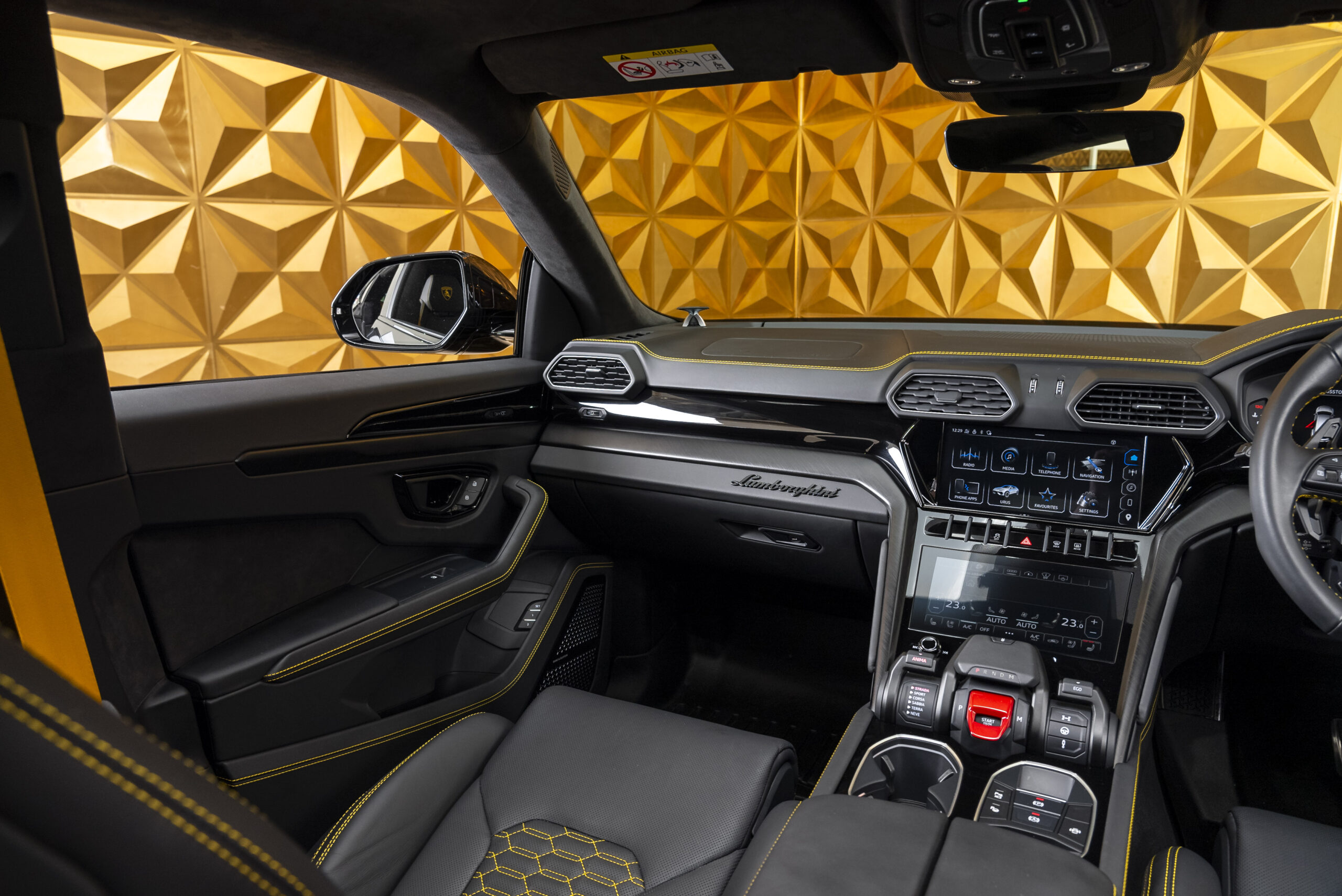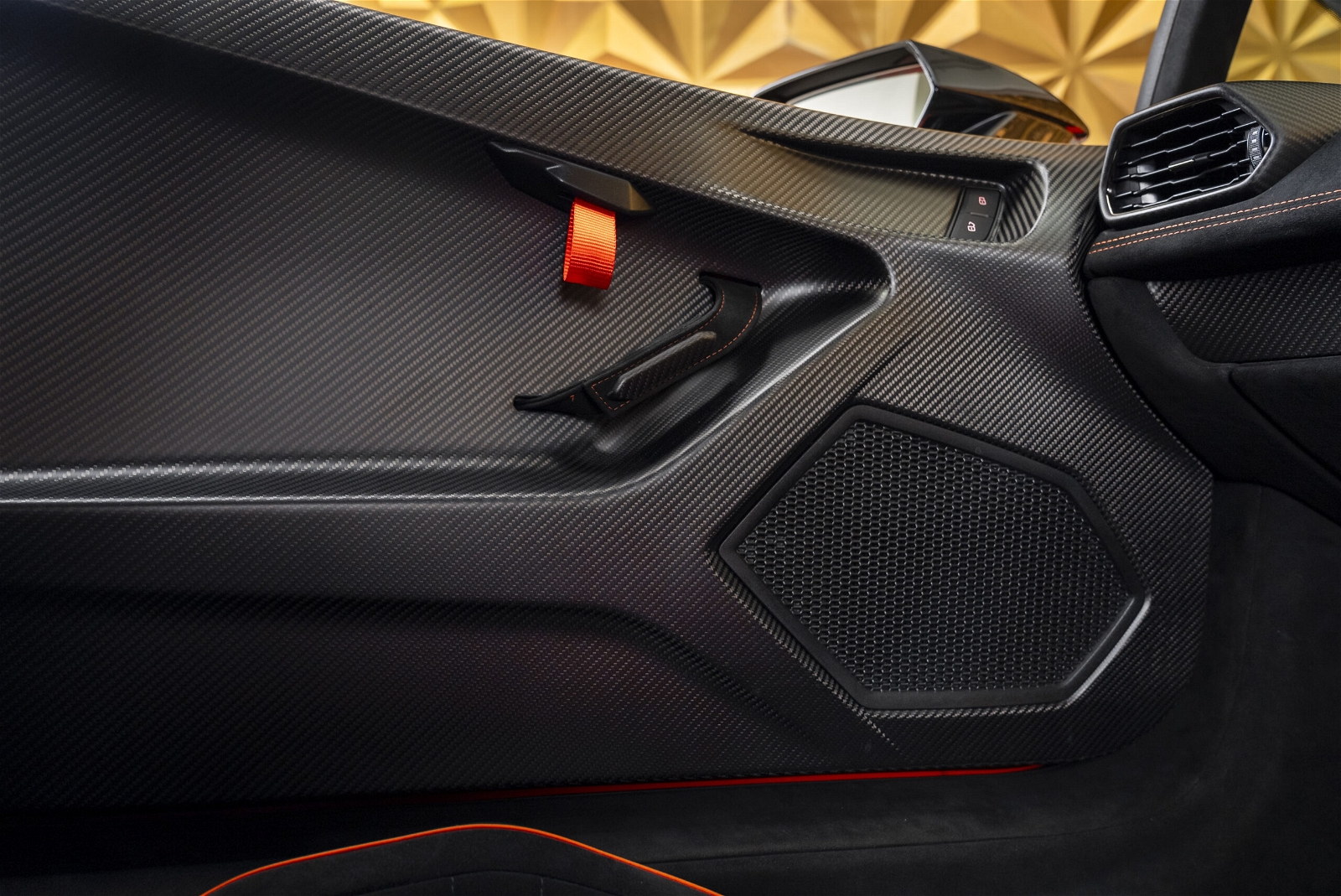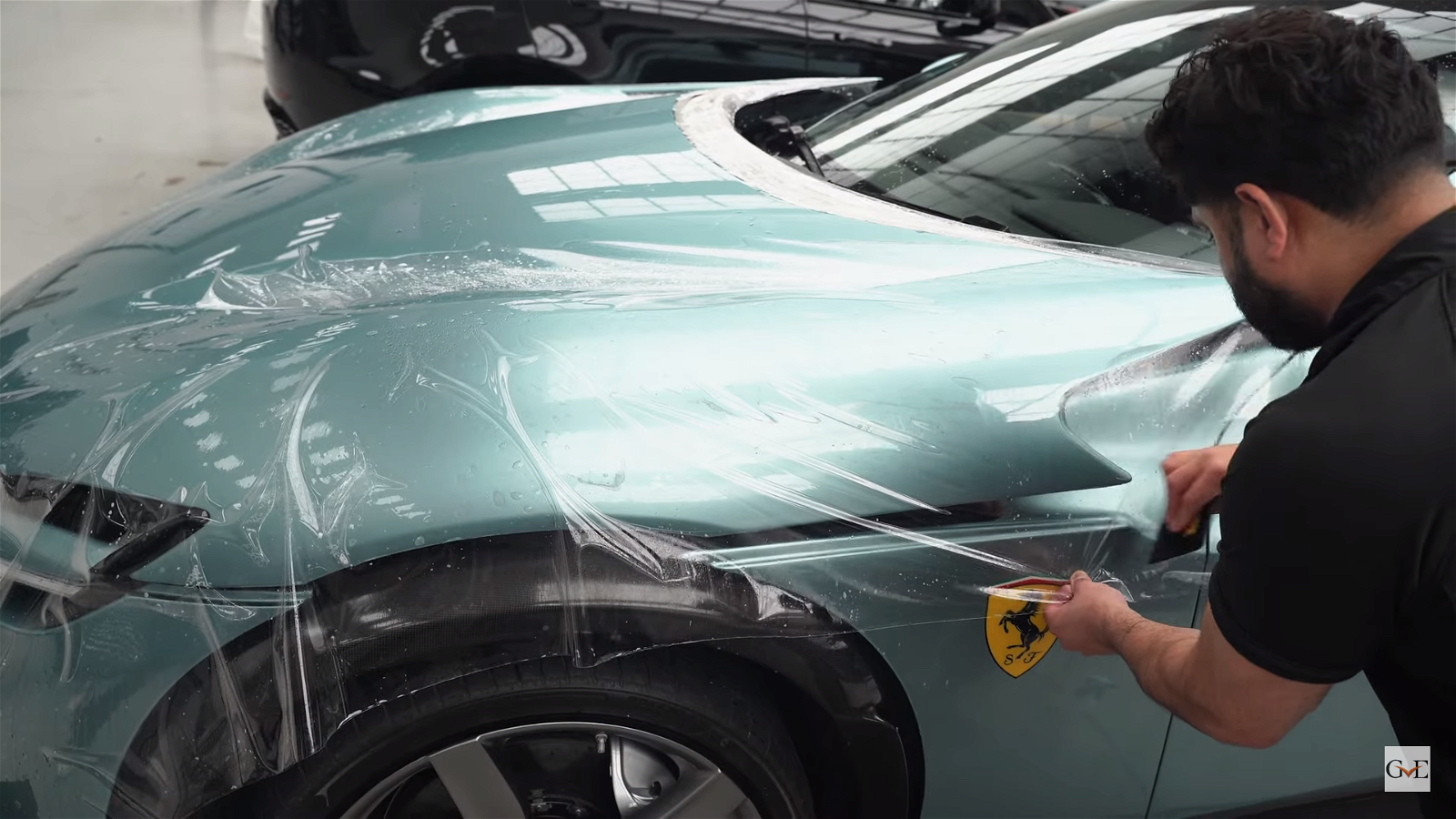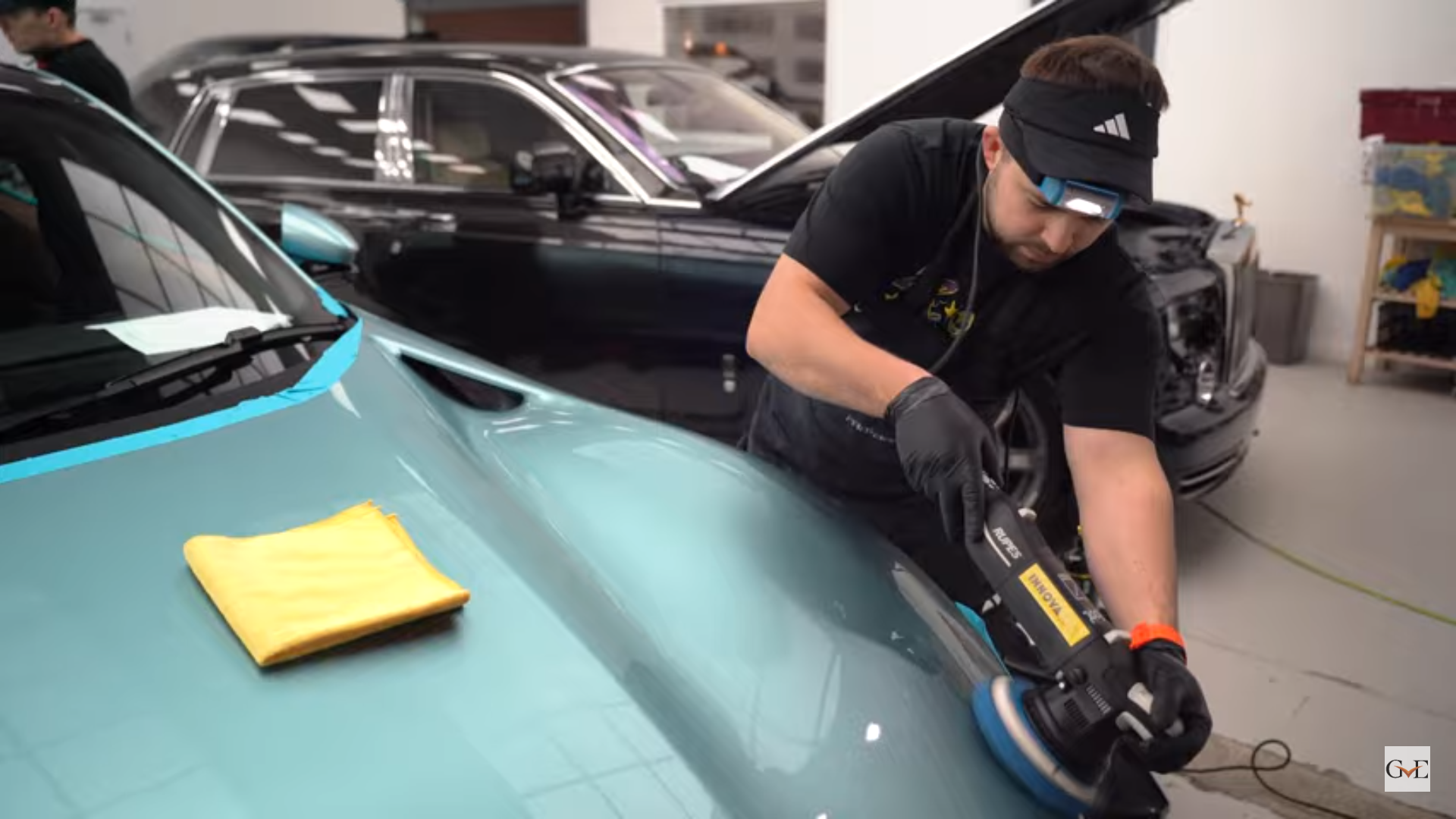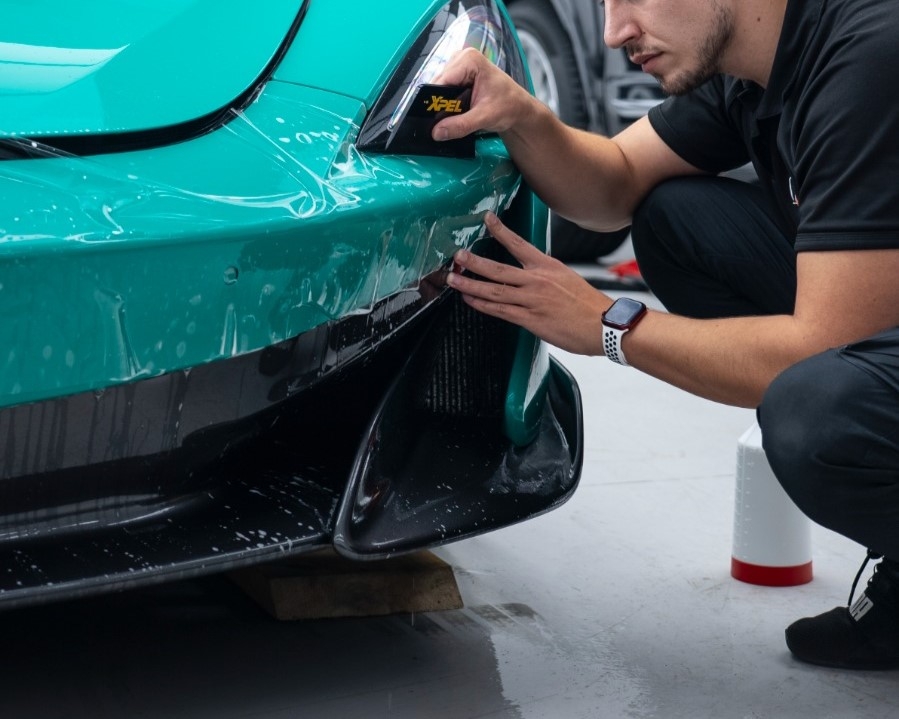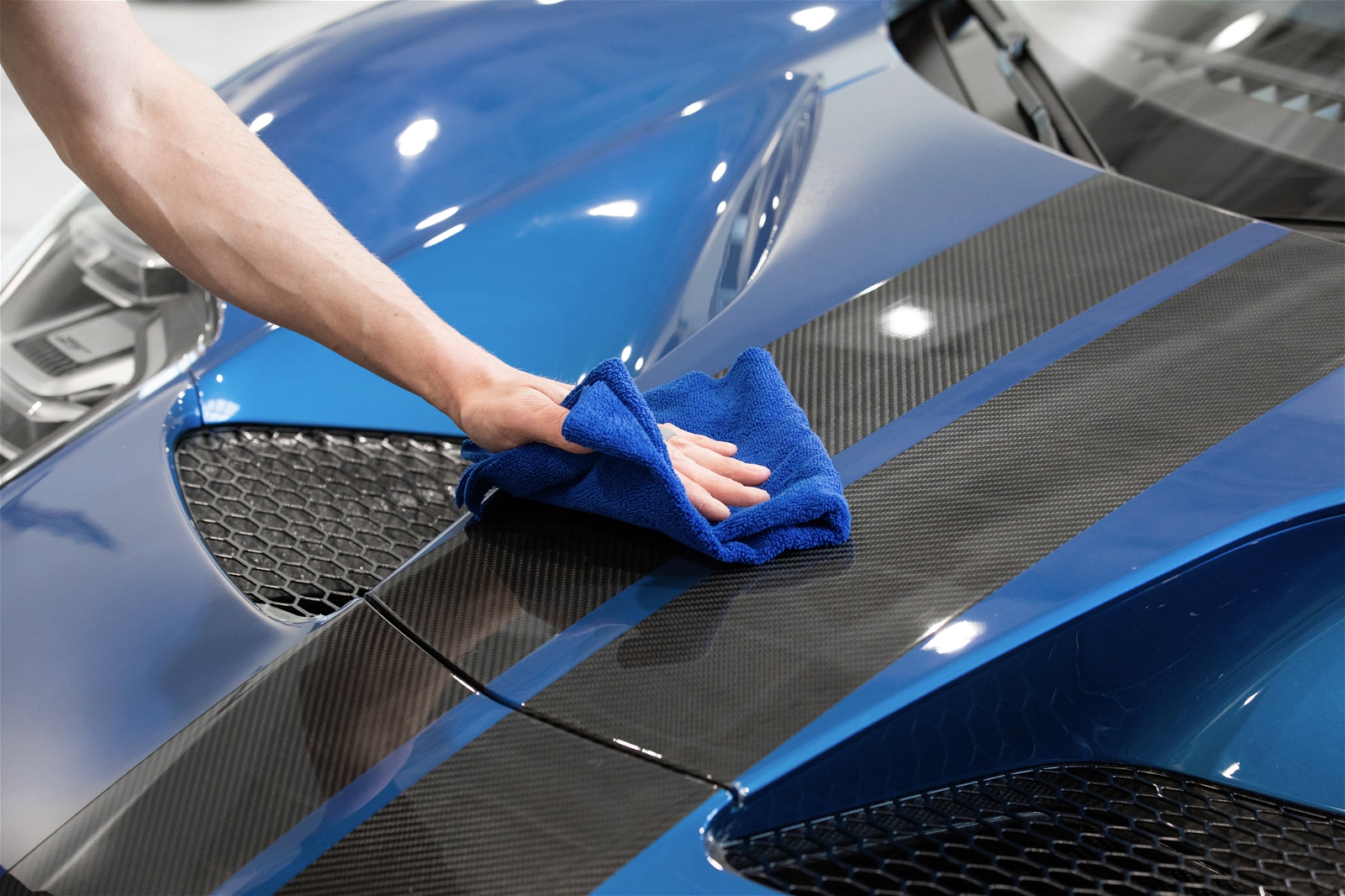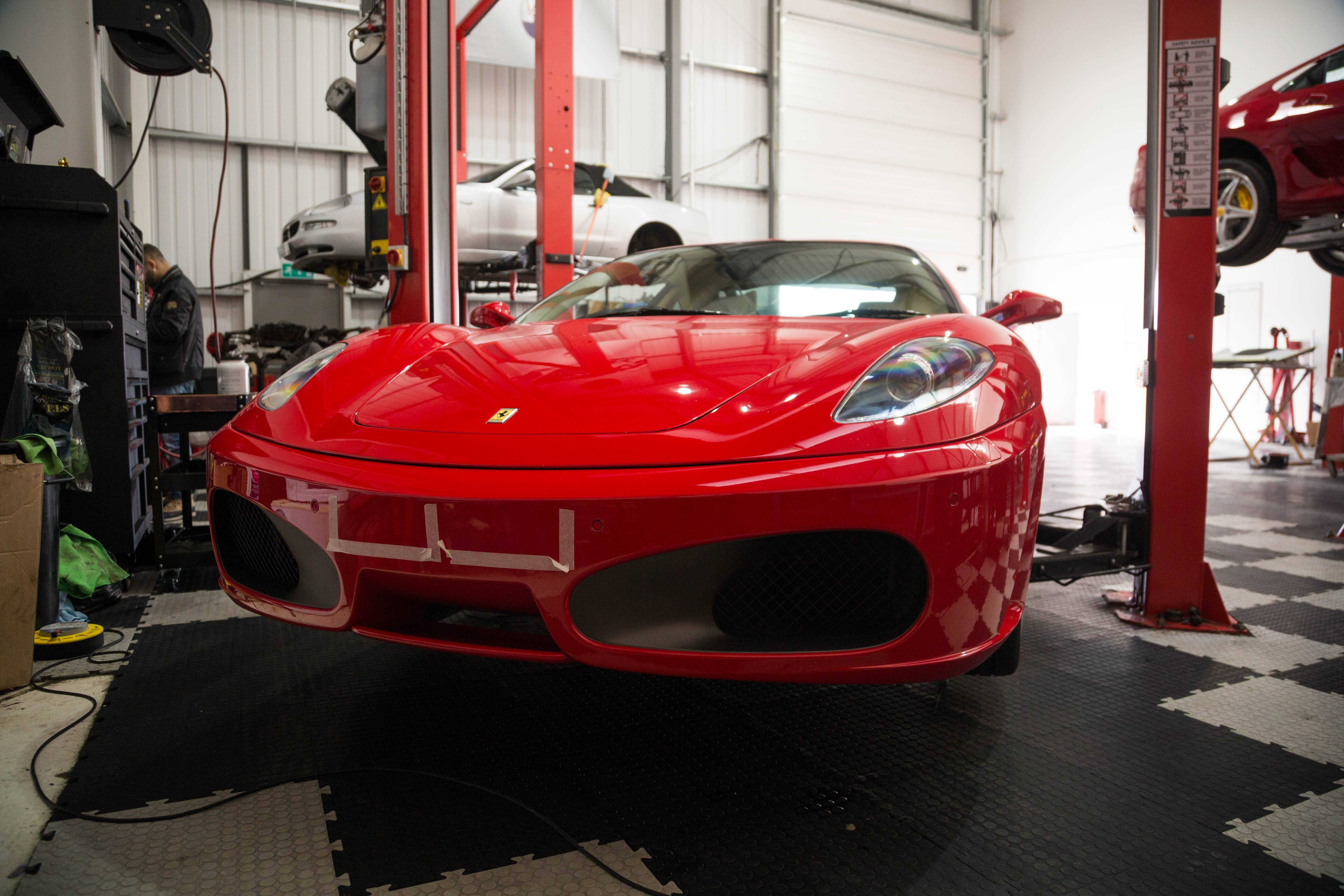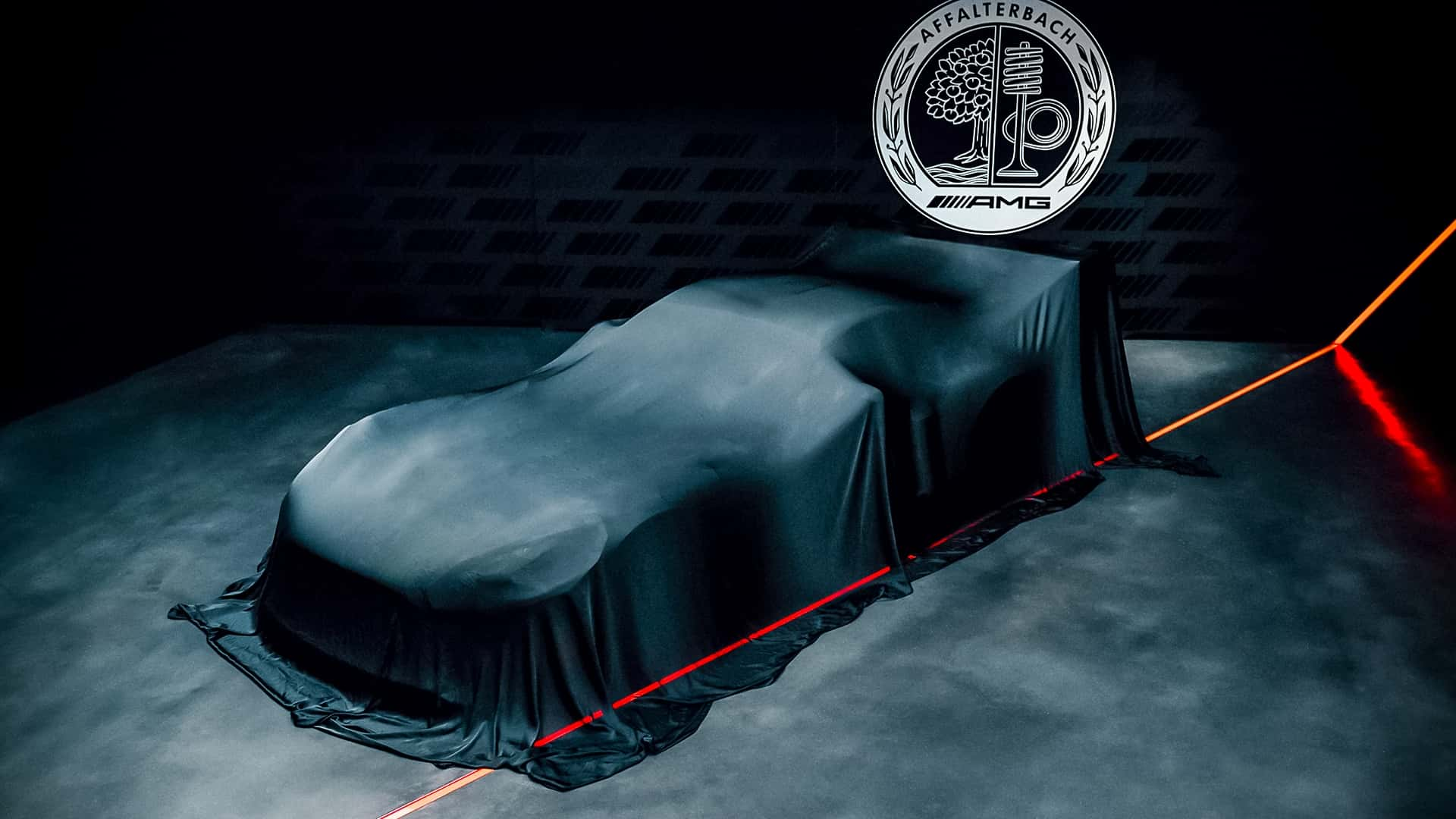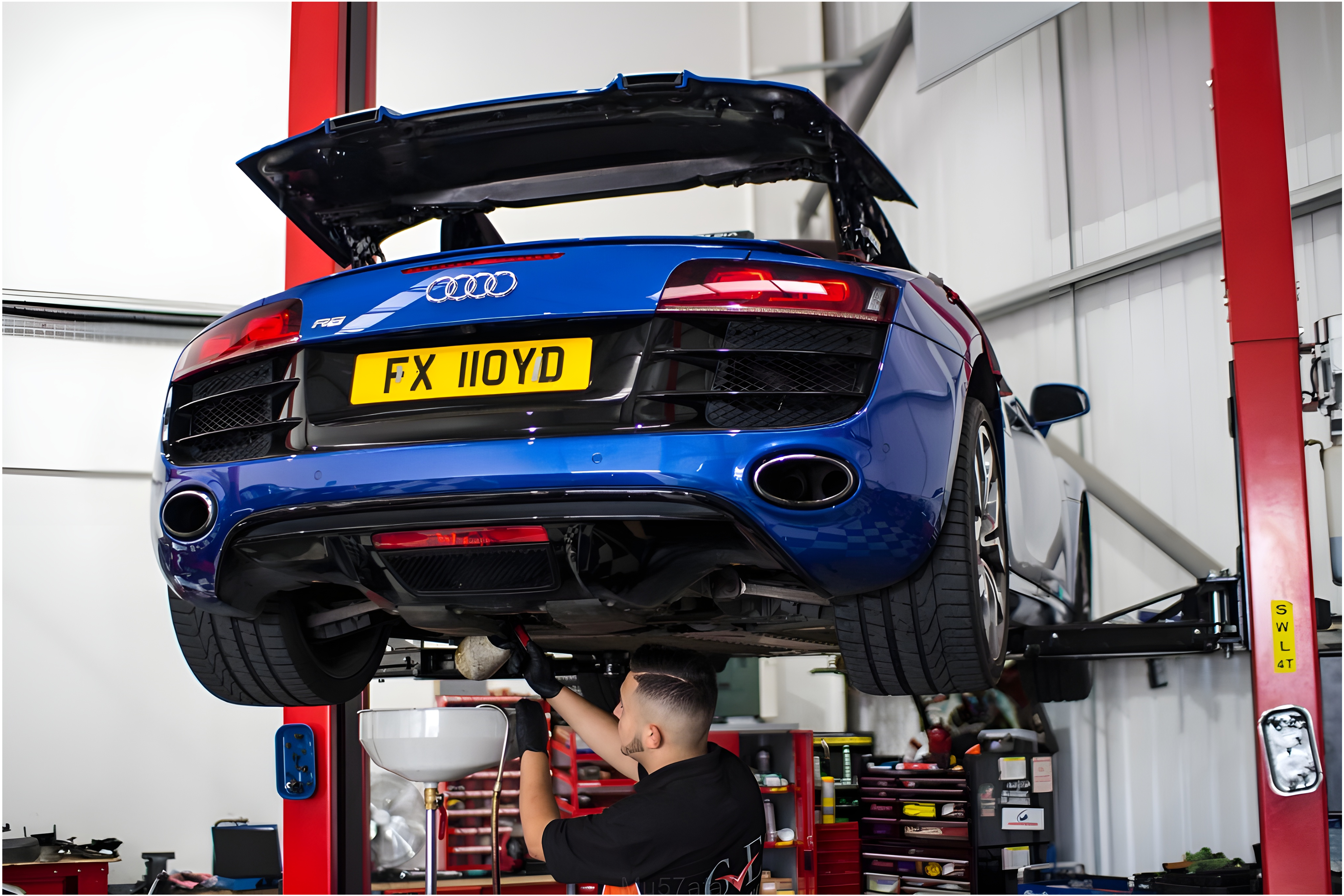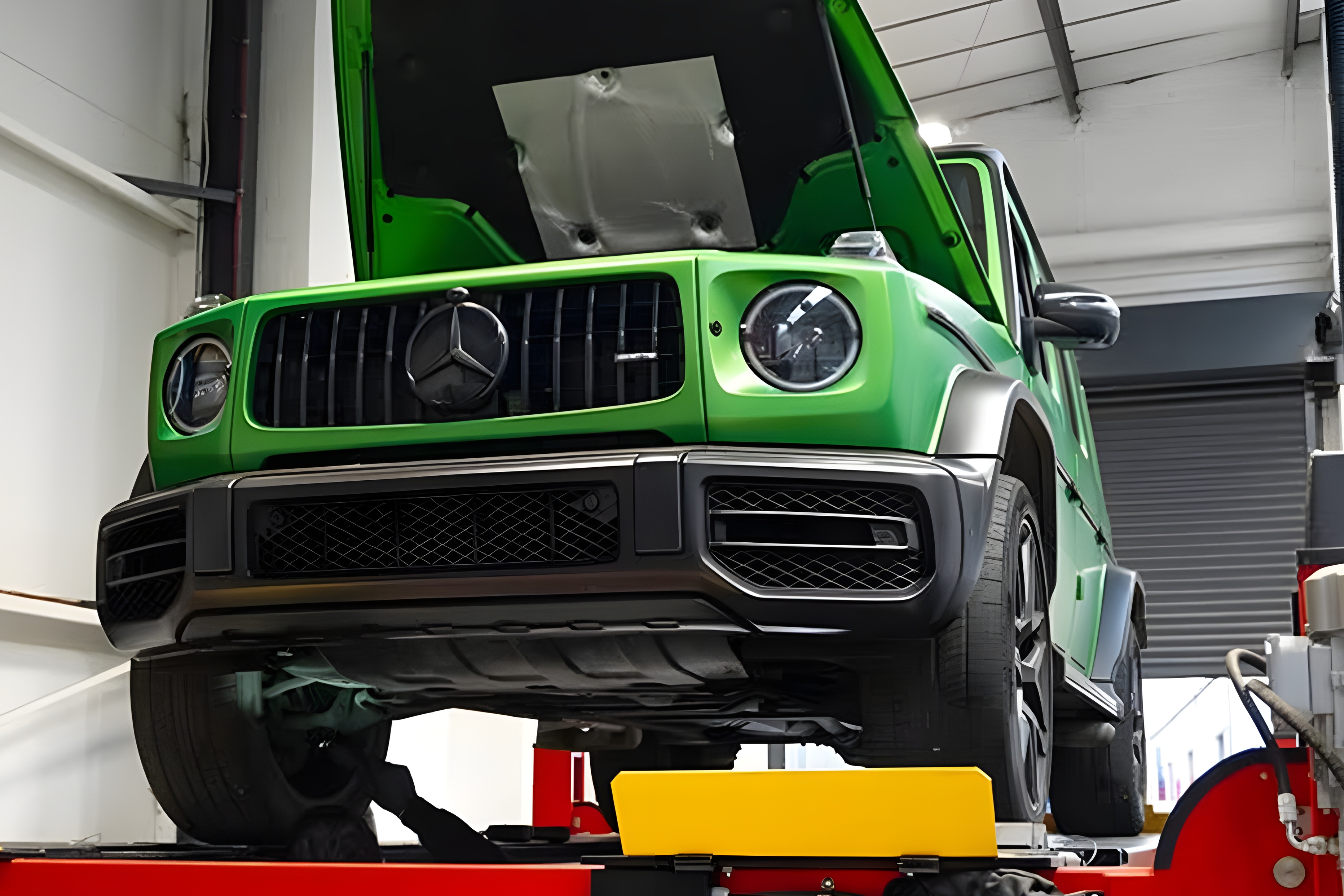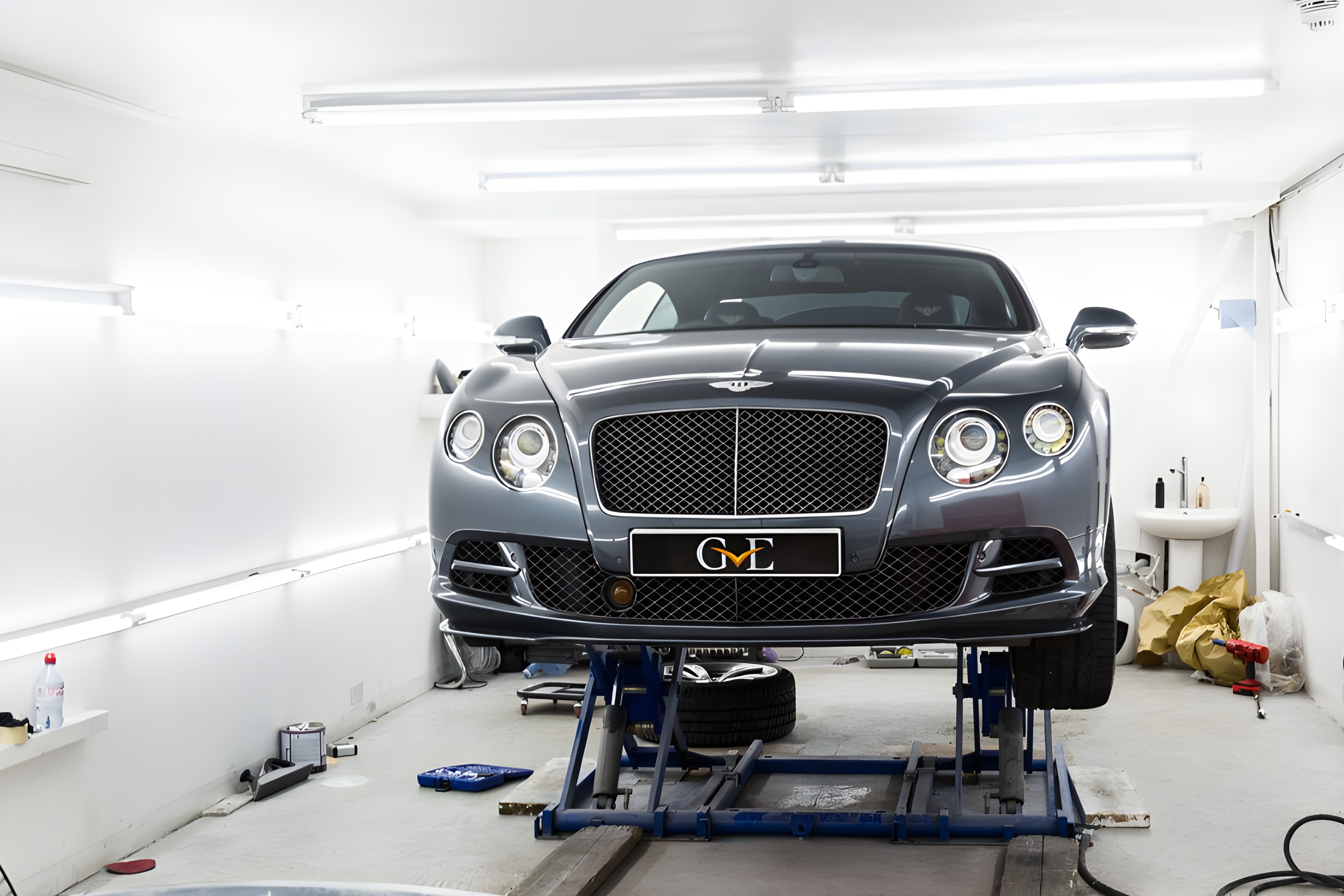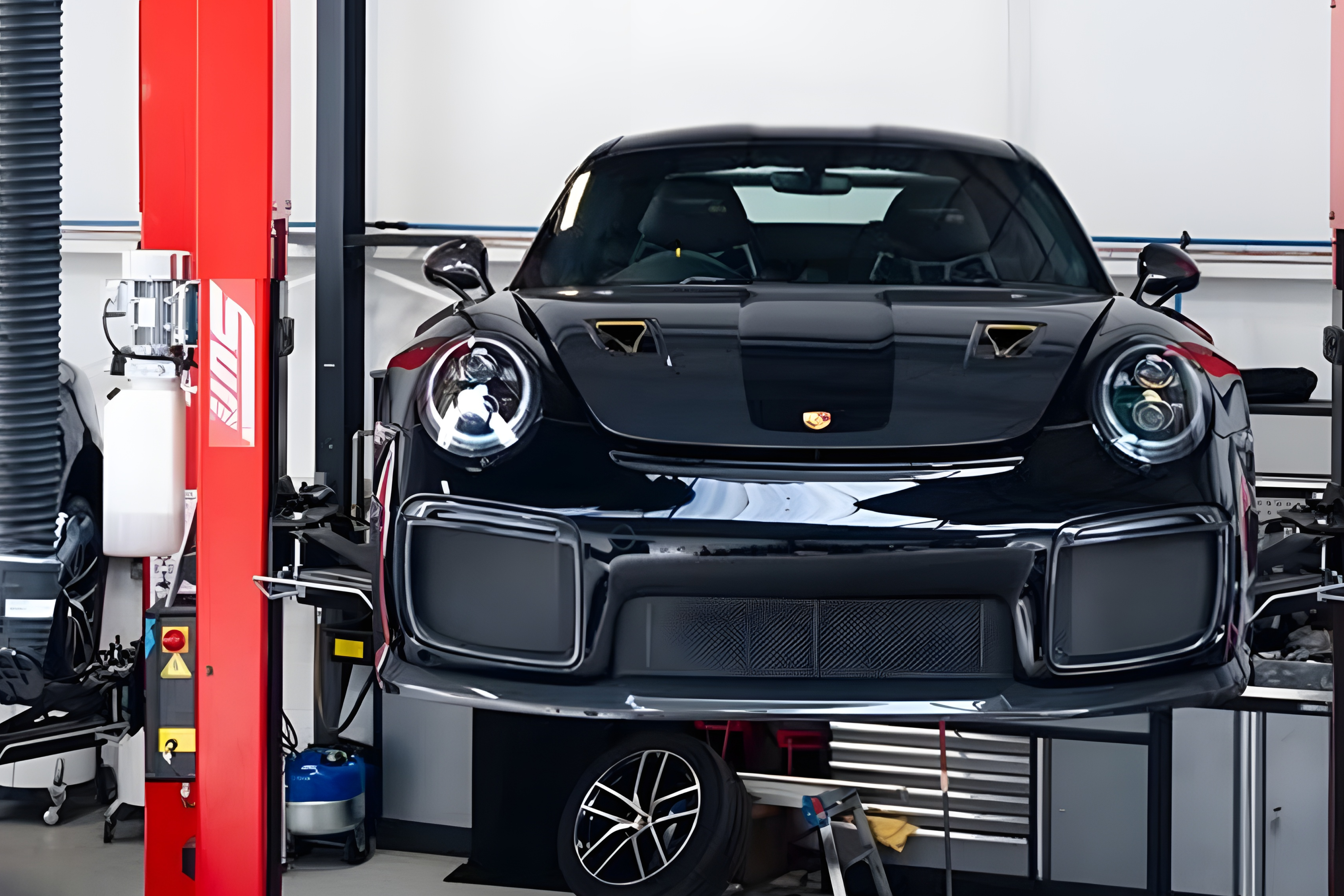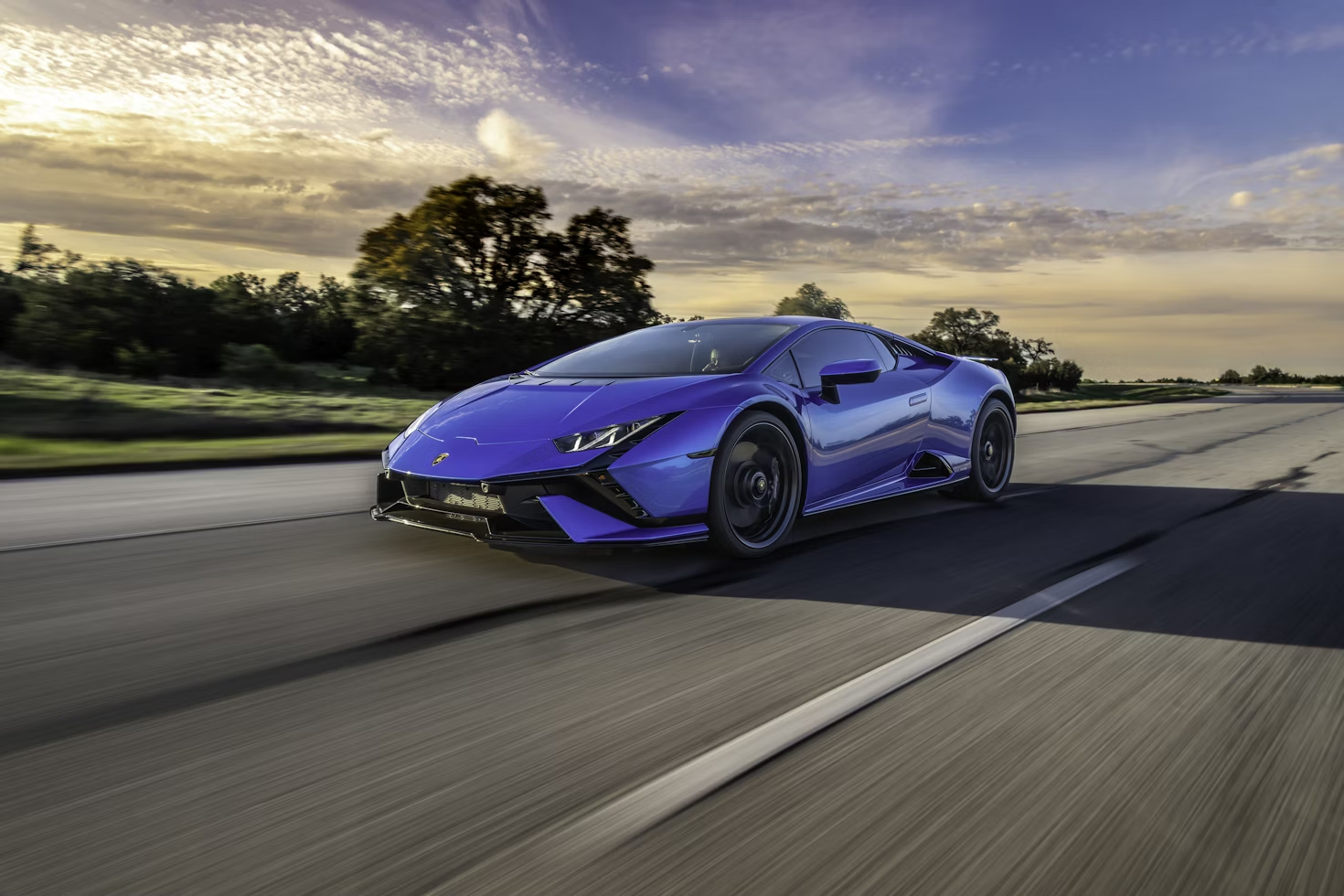
PPF Solutions for Car Interior Surfaces
Discover the benefits, considerations, and case studies of using PPF for car interior protection in this informative guide.
PPF Solutions for Car Interior Surfaces
As car owners strive to preserve the pristine condition of their vehicles, the focus on protection extends beyond exterior surfaces to include interior components. In recent years, Paint Protection Film (PPF) has emerged as a popular solution for safeguarding car interiors against wear and tear, spills, and UV damage. This article explores the various applications of PPF for car interior surfaces, its benefits, and considerations for implementation.
Protective Films for Car Interior Surfaces
In the constant quest to maintain the sleek and flawless appearance of their vehicles, car owners often concentrate on exterior protection. However, the interior surfaces of cars are equally vulnerable to wear and tear from daily usage, exposure to sunlight, and accidental spills. To address this concern, protective films designed specifically for car interior surfaces have emerged as a popular solution. From safeguarding center consoles and touch screens to preserving dashboard trims and door components, these films offer an effective means of protecting interior surfaces while upholding their aesthetics and functionality.
1. Center Consoles
Center consoles serve as focal points in car interiors, housing essential controls and providing storage compartments. Protective films tailored for center consoles offer a durable barrier against scratches, scuffs, and fingerprints, preserving their pristine appearance. Crafted from high-quality materials, these films provide clarity and responsiveness, ensuring that touch-sensitive controls remain functional and user-friendly.
2. Touch Screens
The proliferation of touchscreen displays in modern vehicles necessitates the protection of these interfaces. Protective films designed for touch screens shield them from scratches, smudges, and glare, ensuring optimal visibility and longevity. Engineered to maintain touchscreen sensitivity and clarity, these films allow users to interact with the display seamlessly without compromising performance.
3. Dashboard Trims and Fascias
Dashboard trims and fascias contribute significantly to the overall aesthetics of car interiors but are prone to damage from UV exposure and abrasions. Protective films tailored for these surfaces offer UV resistance and scratch protection, preserving their appearance and value. Available in various finishes, including gloss and matte, these films allow car owners to customize the look of their dashboard while enhancing durability.
4. Door Components
Door components such as armrests, handles, and control panels endure frequent contact and are susceptible to wear and tear. Protective films designed for door components provide an extra layer of defense against scratches, stains, and abrasions, prolonging their lifespan. Meticulously cut to fit each component, these films ensure seamless coverage without interfering with functionality or aesthetics.
Considerations for Implementing PPF in Car Interiors
Material Compatibility
When selecting PPF for car interior surfaces, it’s essential to ensure compatibility with the materials used in the vehicle’s interior. Different types of PPF are designed for specific surfaces, such as leather, plastic, or carbon fiber, to provide optimal protection without causing damage or discoloration.
Professional Installation
While some car owners may opt for DIY installation, it’s recommended to seek professional installation by trained technicians. Professional installers have the expertise and tools required to ensure proper fitment and seamless application of PPF to interior surfaces, resulting in a flawless finish and maximum protection.
Customization Options
Car owners can choose from a variety of customizable PPF solutions to suit their specific needs and preferences. Whether they want full coverage for all interior surfaces or targeted protection for high-traffic areas, such as door sills or center console armrests, there are PPF options available to meet their requirements.
Warranty and Longevity
Before investing in PPF for car interior surfaces, it’s essential to inquire about warranty coverage and the expected longevity of the product. High-quality PPF brands typically offer warranties against yellowing, cracking, or peeling, ensuring long-term protection and peace of mind for car owners.
Benefits of Protective Films for Car Interior Surfaces
- Enhanced Durability: Protective films provide a durable shield against daily wear and tear, preserving the appearance and value of interior surfaces.
- Easy Maintenance: The smooth surface of protective films facilitates easy cleaning, allowing for quick removal of dirt, dust, and spills without damaging underlying surfaces.
UV Protection: UV-resistant films protect interior surfaces from sun damage, preventing fading, cracking, and deterioration over time. - Customizable Options: Protective films come in various finishes and textures, enabling car owners to customize the appearance of their interior while enhancing protection.
- UV Protection: PPF is engineered to provide UV resistance, shielding interior surfaces from the harmful effects of sunlight exposure. By blocking UV rays, PPF helps prevent fading, discoloration, and deterioration of materials, such as leather, vinyl, and plastic, which are common in car interiors. This preserves the original color and finish of interior components, maintaining the aesthetic appeal of the vehicle.
- Retained Resale Value: Investing in PPF for car interior surfaces can significantly impact the resale value of the vehicle. By keeping interior components in excellent condition, PPF helps maintain the overall appearance and appeal of the car, thereby enhancing its resale value. Potential buyers are more likely to be attracted to a well-maintained vehicle with protected interior surfaces, leading to higher resale prices and faster sales.
Investing in protective films for car interior surfaces ensures that vehicles maintain their pristine appearance and functionality for years to come, enhancing both comfort and resale value.
Conclusion
Paint Protection Film (PPF) offers a versatile solution for safeguarding car interior surfaces against damage, preserving their appearance and functionality for years to come. By understanding the applications, benefits, and considerations of using PPF for interior protection, car owners can make informed decisions to enhance the longevity and value of their vehicles. Whether it’s protecting dashboard surfaces from scratches or preserving touchscreen displays from wear, PPF solutions offer comprehensive protection inside out.
Watch us showcase the meticulous installation of full paint protection film on a 2023 Chevrolet Corvette at our cutting-edge facility, GVE Unite. This project was executed for the Clear Coach, ensuring their vehicle remains in pristine condition.
Frequently Asked Questions
PPF or Paint Protection Film is a polyurethane (plastic) film that is transparent (clear), tough and flexible.
Once applied, Paint Protection Film will protect your car against stone chips, scuffs, scratches, birdlime and harsh weather.
First, we’ll carry out a maintenance wash followed by a clay bar decontamination, then a one stage polish (for front end and full coverage packages only) finishing off with panel surface preparation.
Then we apply the Film using a specially formulated gel solution – we use a range of squeegees to ensure that there are no creases or bubbles after application and that no corners or edges of PPF are visible.
XPEL ULTIMATE carries a 10 year warranty against, yellowing, cracking, peeling, staining, and hazing, and reimburses both film and labor in the unlikely event of a failure. This warranty is backed by a worldwide network of certified installers, so if you move away from us in 8 years and develop an issue with the film, your local authorised installer will be able to take care of any warranty issues for you.
No. We have invested in one of the latest plotter machines which cuts out specially designed panel shapes meaning they can be directly applied, so there’s no need to cut on the car!
Don’t worry! We use SunTek and XPEL Ultimate Paint Protection film which is self healing. This means the polymer that the film is made up of has a memory – simply apply heat to the scratched area using a hair dryer, heat gun or hot water. This will stimulate the memory of the polymer, causing it to return to its original position, making those annoying scratches disappear.
Yes. Our Paint Protection Film allows the Sun’s UV rays to fade the paintwork of the car at the same rate as unprotected panels.
No. The car can be washed and waxed as regular.
The time that the bodyshop (you used) recommend you to wait to wax the paint of your car should be the same time you will need to wait to have PPF applied.
Yes. Gtechniq and other ceramic coatings can be applied – the properties and memory of the Film won’t be affected.
Yes. Very easily in-fact and does not leave any marks or residue.
PPF is designed for protecting your car against stone chips, scuffs, scratches, birdlime and harsh weather, where as vinyl is designed to change the aesthetics of you car.
Vinly can also protect the paintwork of you car, but not to the same extent as PPF will.
Yes, Courtesy Cars are available when you have your car PPF’d at GVE. We have a range of vehicles to suit your needs.
We use a state of the art plotter to cut specialised designed patterns. These patterns are then applied to your car without having to remove parts.
However, if you want a seamless finish, our skilled technicians will remove panels in order to apply the Film, allowing us to wrap around the edges of the panels to reduce the visibility of the film as much as possible.
Contact Us
"*" indicates required fields

